Melamine veneer wooden doors and PVC veneer doors are the two most common options when we purchase interior doors. So how should we choose between these two types of doors?
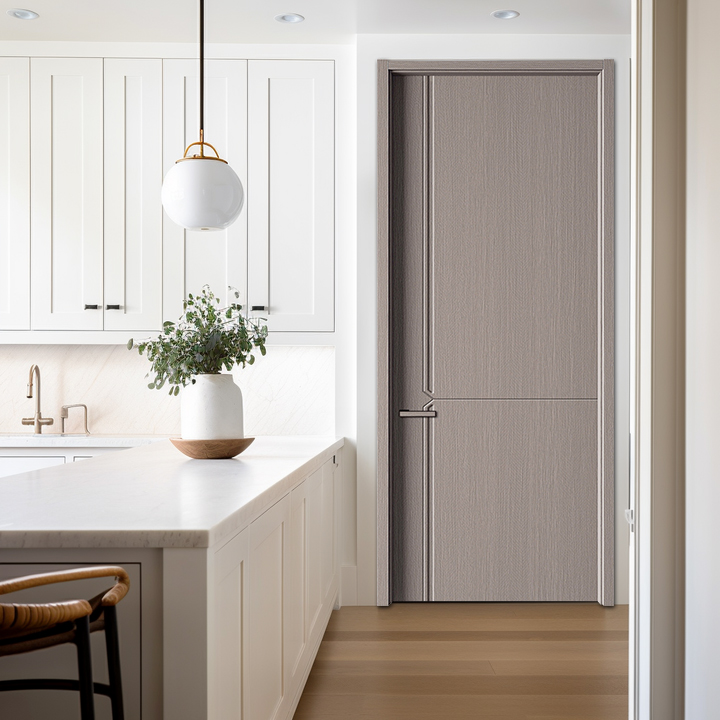
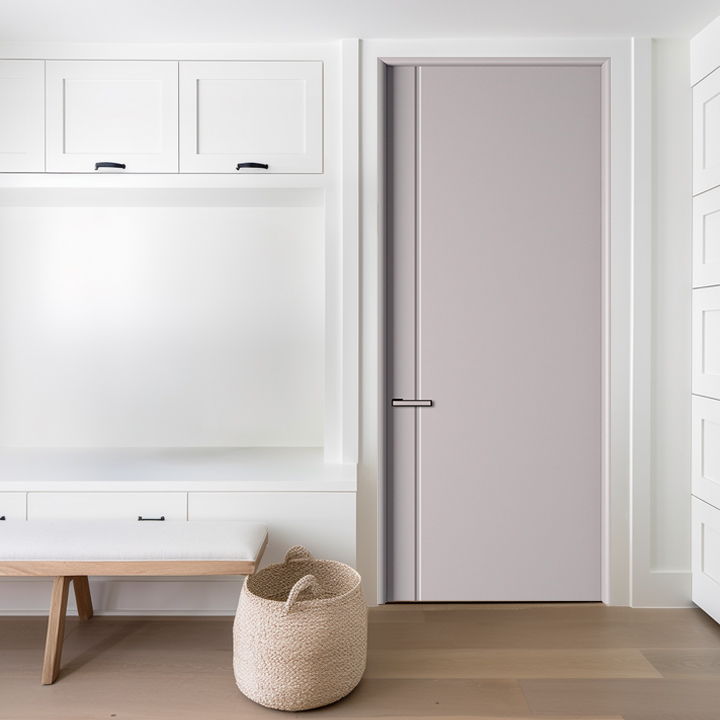
This article will introduce in detail the production process and comparison of melamine veneer wooden doors and PVC veneer doors, in order to give everyone a clear idea when purchasing doors.
Production process of PVC veneer doors
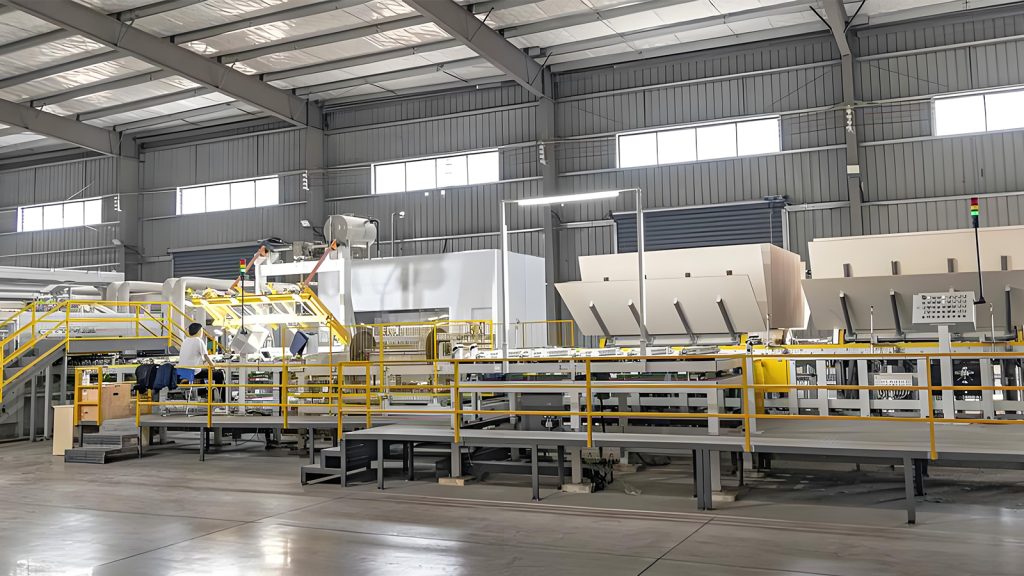
The production process of PVC veneer doors mainly includes the following steps:
- Raw material preparation:
Prepare PVC film as the main veneer material, which has rich colors and realistic wood grain.
Prepare substrates, such as high-density boards, to ensure that the door panels are not easily deformed.
- Substrate processing:
The substrate is cut and milled to form the preliminary shape of the door.
The substrate is sanded to ensure a flat surface for subsequent veneer.
- Veneer processing:
The PVC film is covered on the surface of the substrate by a specific method (such as heat transfer).
If needed, secondary sanding or other treatments may be performed to ensure that the veneer is flat and firm.
- Molding and curing:
The PVC film is tightly attached to the substrate through blistering or other molding methods to form the final shape of the door.
Curing treatment is performed under certain conditions to ensure a firm bond between the PVC film and the substrate.
- Trimming and packaging:
The formed door is trimmed to ensure that the edges are flat and smooth.
Perform subsequent processing such as grading and packaging for easy transportation and installation.
Production process of melamine wooden doors
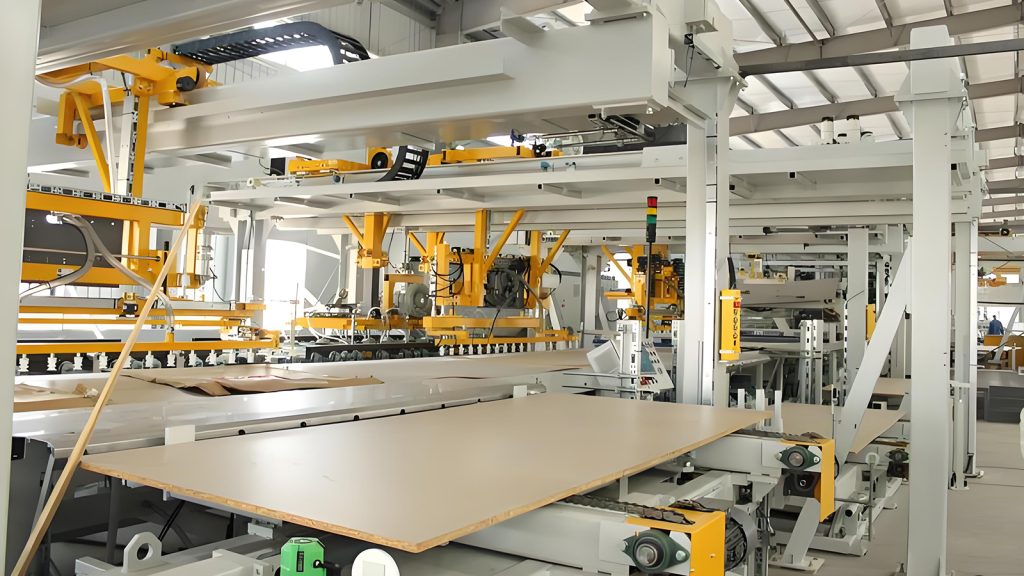
What is the production process of melamine wooden doors?
The production process of melamine wooden doors mainly includes the following steps:
- Material preparation:
Melamine-containing boards are selected as the main materials of the door. This type of board has good surface smoothness and hardness and excellent fire resistance.
Pre-treatment work such as cutting, trimming, and drying is performed on wood or other fiberboard materials.
- Design and manufacturing:
According to the needs and design, the boards are cut, punched, edge-processed, and other processes are performed to form the shape and structure of the door.
It may involve steps such as thickness sanding, scraping and sorting of the core, and finishing and splicing of the core board.
- Surface treatment:
Melamine impregnated film paper is pasted, and hot pressing is generally used. The board surface is required to be flat and smooth after hot pressing.
It may include steps such as scraping, substrate sanding, and substrate sorting to ensure the flatness and smoothness of the door surface.
- Assembly and cold pressing:
The substrate and the veneered board are assembled and cold pressed. When assembling, the assembly is required to be neat and without serious misalignment.
- Hot pressing and curing:
Hot pressing is carried out at a certain temperature and pressure to make the resin undergo polycondensation reaction, compound the paper and resin into one, and finally cure to form a laminated decorative board with excellent performance.
- Trimming, grading and packaging:
Trimming requires the four corners to be square, straight and smooth. After trimming, grading and packaging are carried out according to the order standard requirements.
- Installation:
Install the completed melamine door to the corresponding position.
Differences between melamine veneer wooden doors and PVC veneer doors
The differences between melamine veneer wooden doors and PVC veneer doors are mainly reflected in the following aspects:
- Materials and characteristics
Melamine veneer: Decorative paper treated with melamine resin, with the characteristics of wear resistance, stain resistance, and anti-fading, but general moisture resistance. It belongs to thermosetting resin decorative laminate, with a hard and wear-resistant surface, high temperature resistance, and easy to clean.
PVC veneer: Made of polyvinyl chloride material, it is soft and suitable for concave molding, with the characteristics of no cracking, no deformation, scratch resistance, heat resistance, stain resistance, and anti-fading, but poor high temperature resistance and not UV resistance.
- Appearance and shape
Melamine veneer: Usually only flat-plate shape is made, and edge banding is required to close the edge.
PVC veneer: It can be made into various shapes such as arcs, concave and convex, with rich changes.
- Usage scenarios
Melamine veneer: Due to its wear resistance and easy cleaning characteristics, it is suitable for places that require high wear resistance and easy cleaning, such as cabinets and cabinet doors in homes.
PVC veneer: Because of its softness and strong plasticity, it is suitable for places that require diverse shapes and high decorative properties, such as door panels, wall decorations, etc.
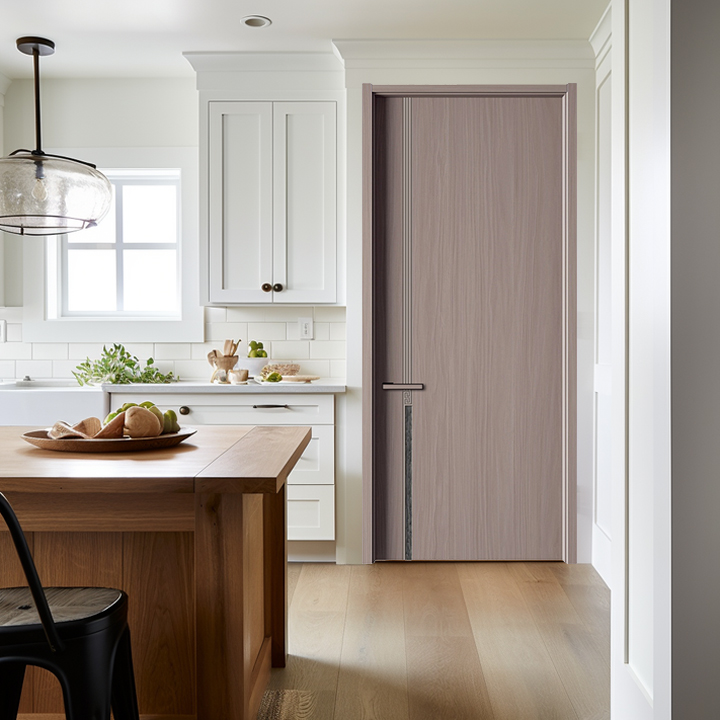
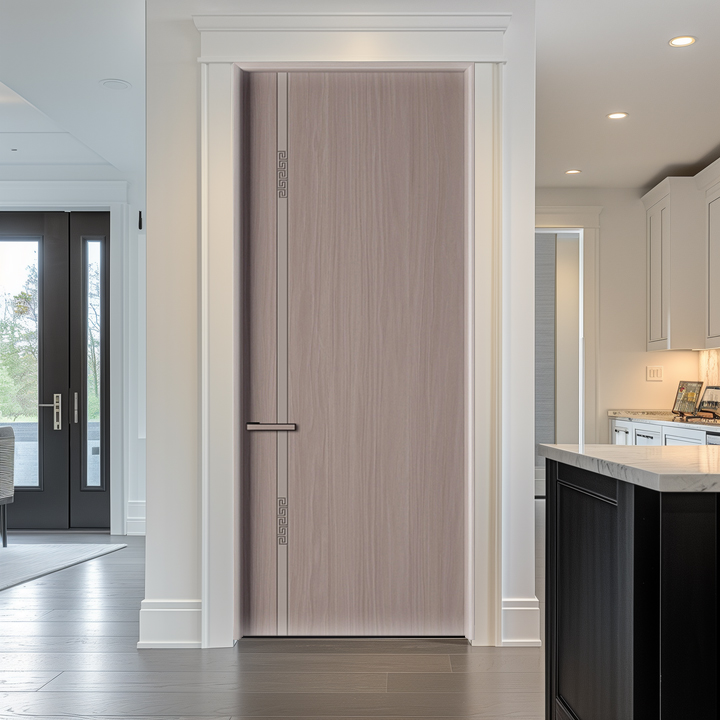
Now, you have a deep understanding of melamine veneer wooden doors and PVC veneer doors. If you have other questions, you are welcome to consult the Opnnapan team at any time.
 Opanpan Door Skins
Opanpan Door Skins